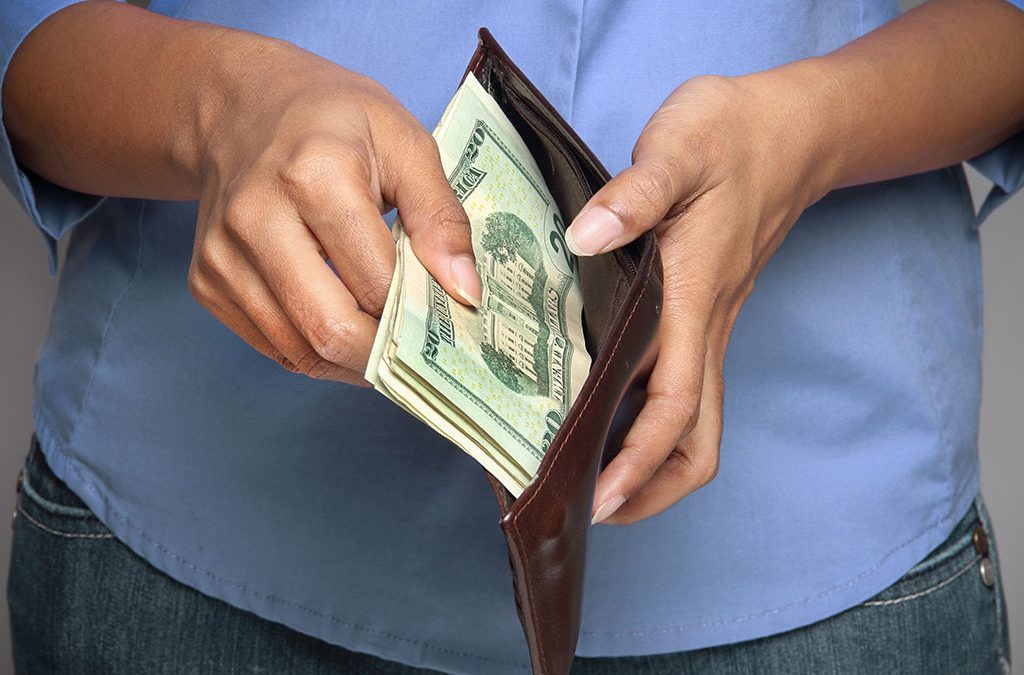
Discover Exquisite Diamond Eternity Bands at TB Goods
October 29, 2010
Holiday Shopping At TB Goods
November 27, 2010When financial challenges loom large, pawning emerges as a reliable solution to bridge the gap. Dating back to the 15th century, pawning allows individuals to secure a cash loan against valuable assets, offering stability without the risks associated with conventional lending. In today’s regulated financial landscape, pawnshops provide a streamlined and accommodating alternative, empowering individuals to meet their financial needs with ease.
Unlike traditional banks and finance companies, which scrutinize creditworthiness, employment status, and tax history, pawnshops offer a more accessible avenue for securing loans. Regardless of credit history or employment status, individuals aged 18 and above with a valid state ID or passport can engage in pawn transactions without the need for credit checks or income verification. This inclusive approach makes pawnshops a lifeline for those facing financial hurdles.
Pawnshops accept a wide range of items as collateral, including jewelry, electronics, tools, vehicles, and more. Upon presenting the item for evaluation, pawnbrokers assess its value based on factors like functionality and condition. Once a value is agreed upon, a pawn form is completed, outlining the terms of the pawn transaction, including personal information and item descriptions. This legally binding contract serves as a guide for both parties involved, detailing the loan amount and repayment terms.
Throughout the pawn duration, a service fee is charged, and individuals can opt to renew the contract by paying the fee and signing a new agreement. When ready to retrieve the pledged item, borrowers repay the principal loan amount plus any accrued interest to reclaim their belongings. For comprehensive information on pawn laws and regulations, individuals can visit the National Pawnbrokers Association website.
For those seeking financial flexibility and peace of mind, pawning presents a viable solution. To explore the pawn process further or engage in a pawn transaction, visit TB Goods and unlock a world of financial possibilities. Learn more at www.tbgoods.com.




